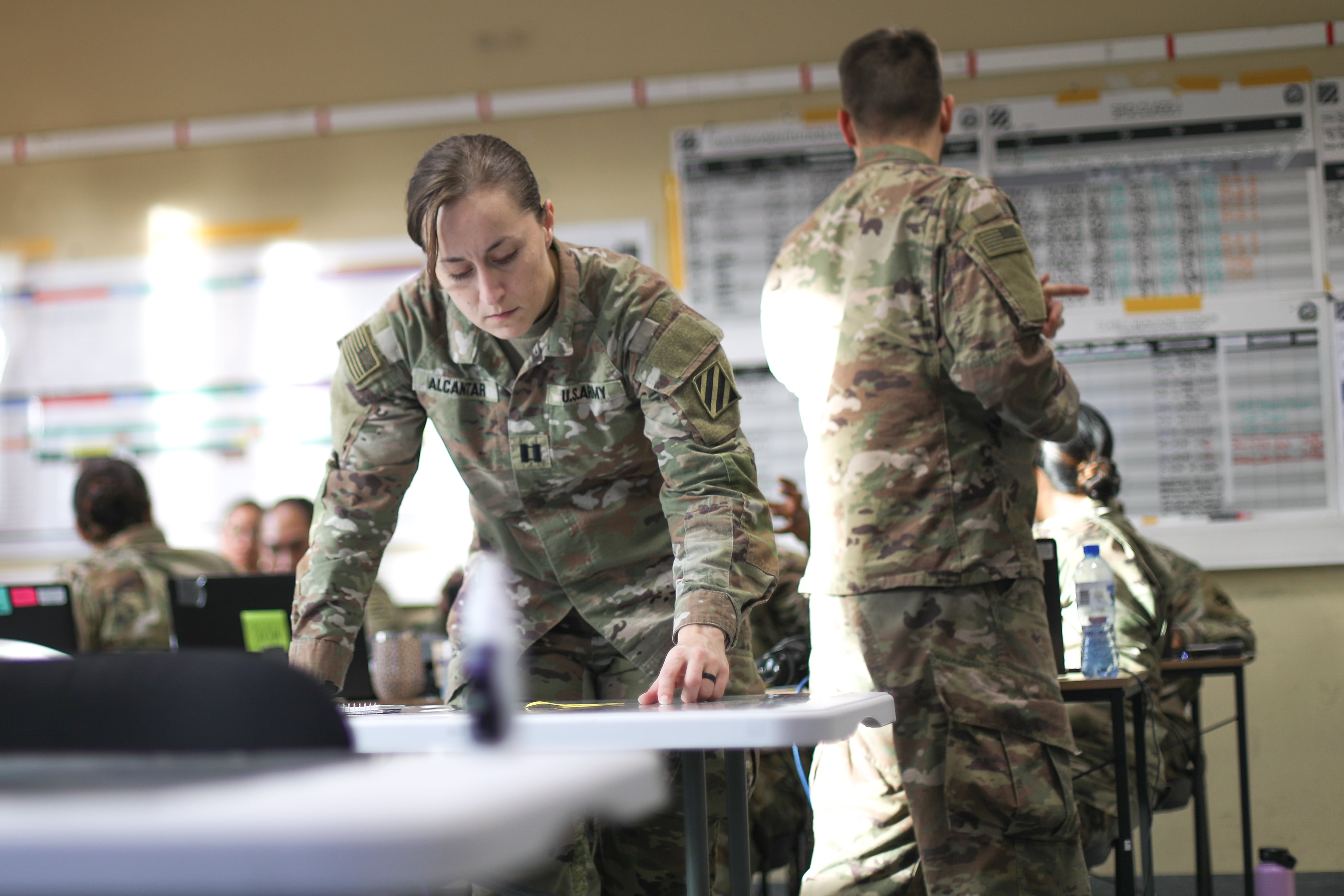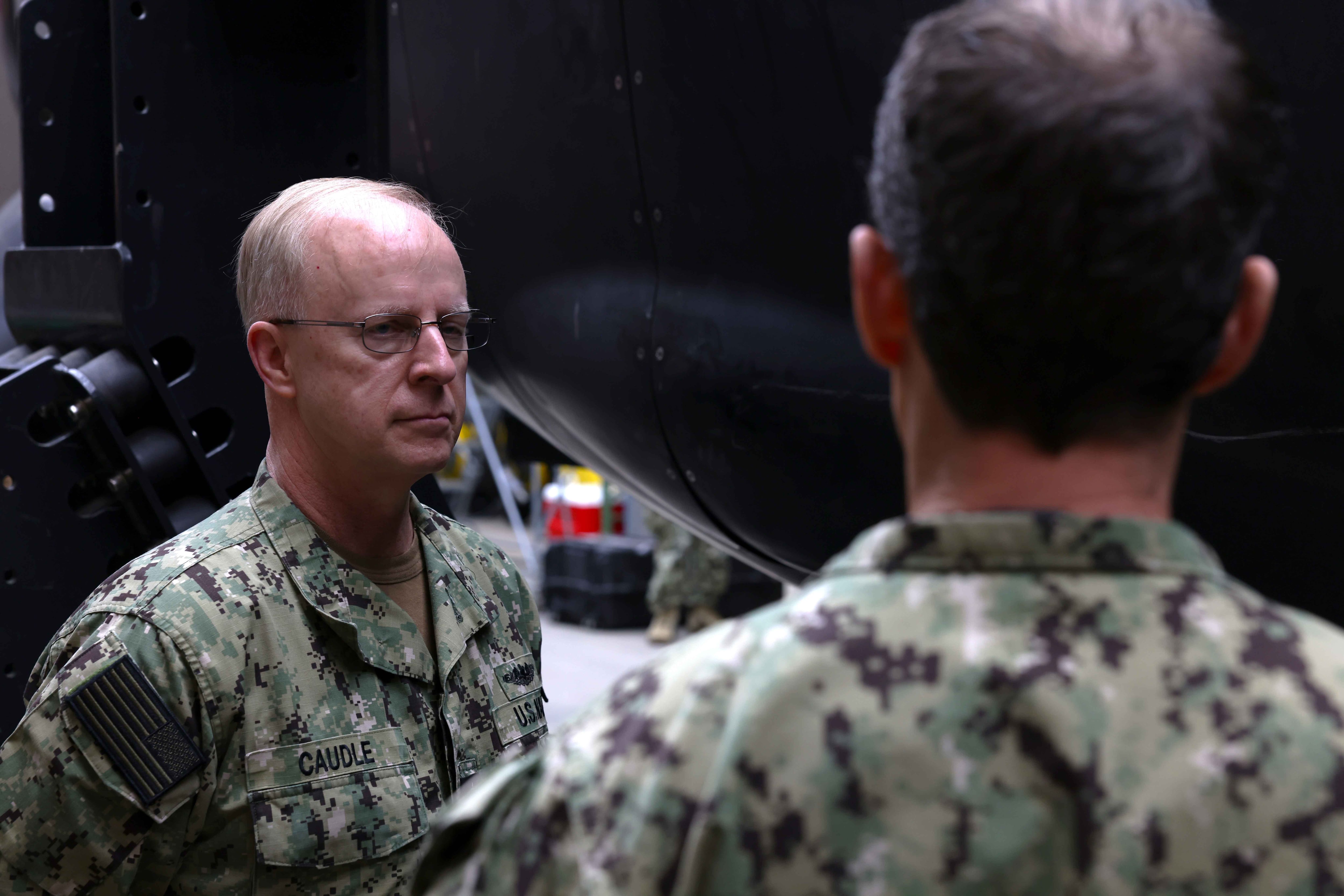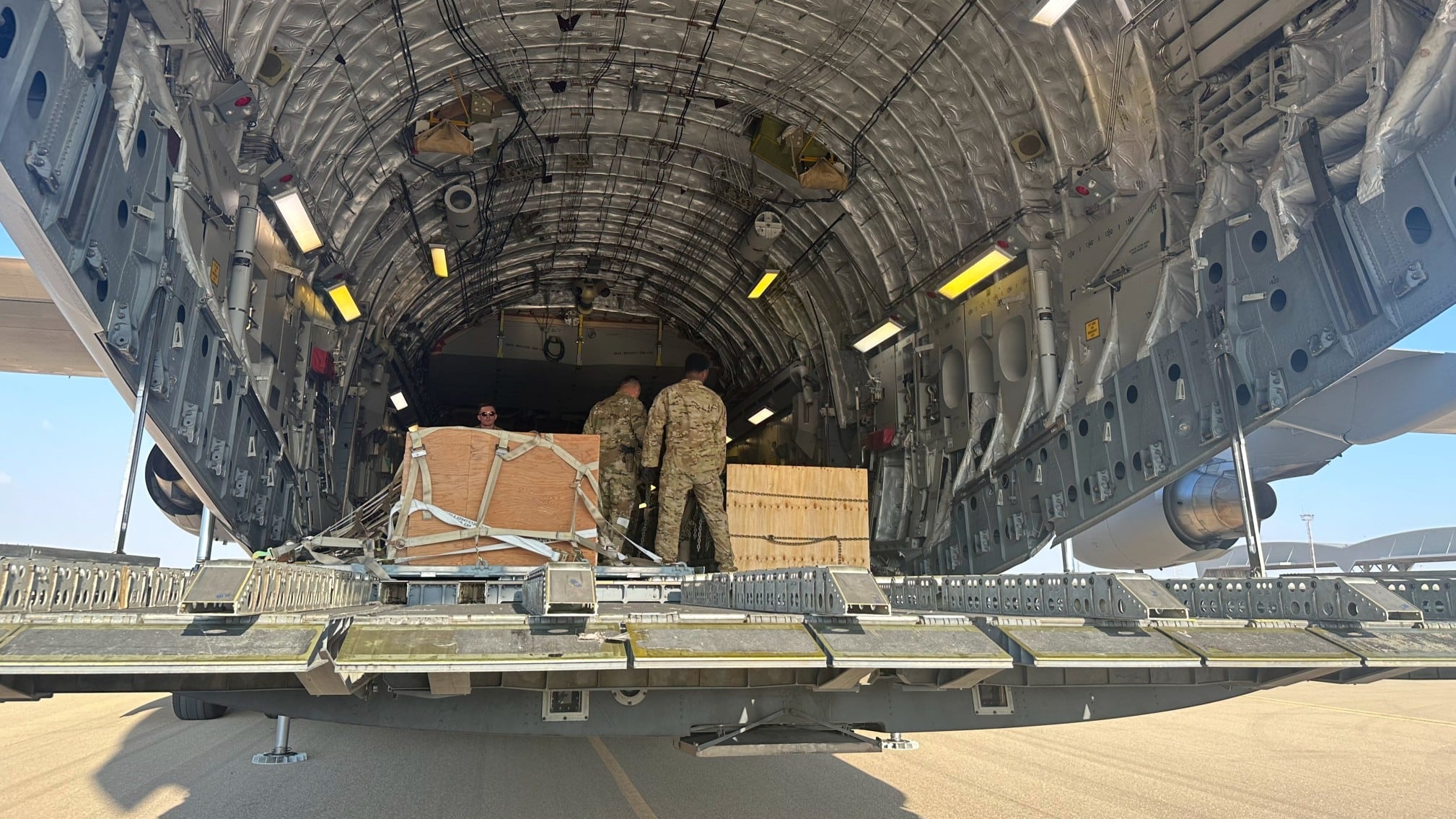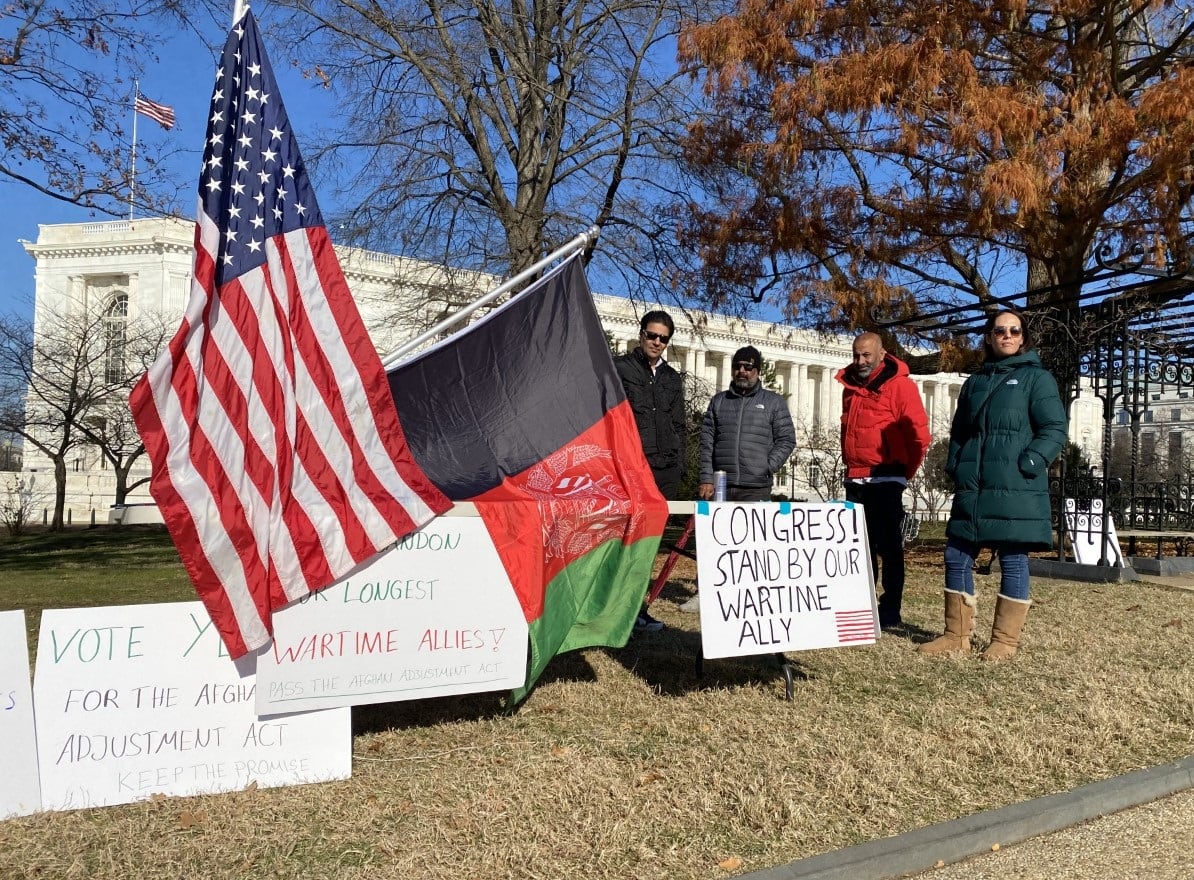The Army kicked off a massive, simulated war-fighting exercise Thursday that, for the first time, uses the Army’s premier quick-response division in a scenario focused on the Pacific region.
The 18th Airborne Corps out of Fort Liberty, North Carolina, which includes the 82nd Airborne Division, 10th Mountain Division, 3rd Infantry Division and 101st Airborne Division, will fall under the U.S. Army Pacific theater as leaders practice deploying a corps-sized force across vast distances.
A trio of commanders, Gen. Andrew Poppas, over Forces Command; Gen. Charles Flynn, over U.S. Army Pacific; and Lt. Gen. Christopher Donahue, over 18th Airborne Corps, laid out the “warfighter” exercise in a media call Thursday.
The Army conducts five to six warfighter exercises each year. They use command posts from various levels, such as brigade, division and corps, to simulate moving central units around a vast battle space.
In June, the 38th Infantry Division, an Army National Guard unit out of Indiana, conducted a 9-day warfighter with an estimated 600 soldiers participating, according to an Army release.
RELATED
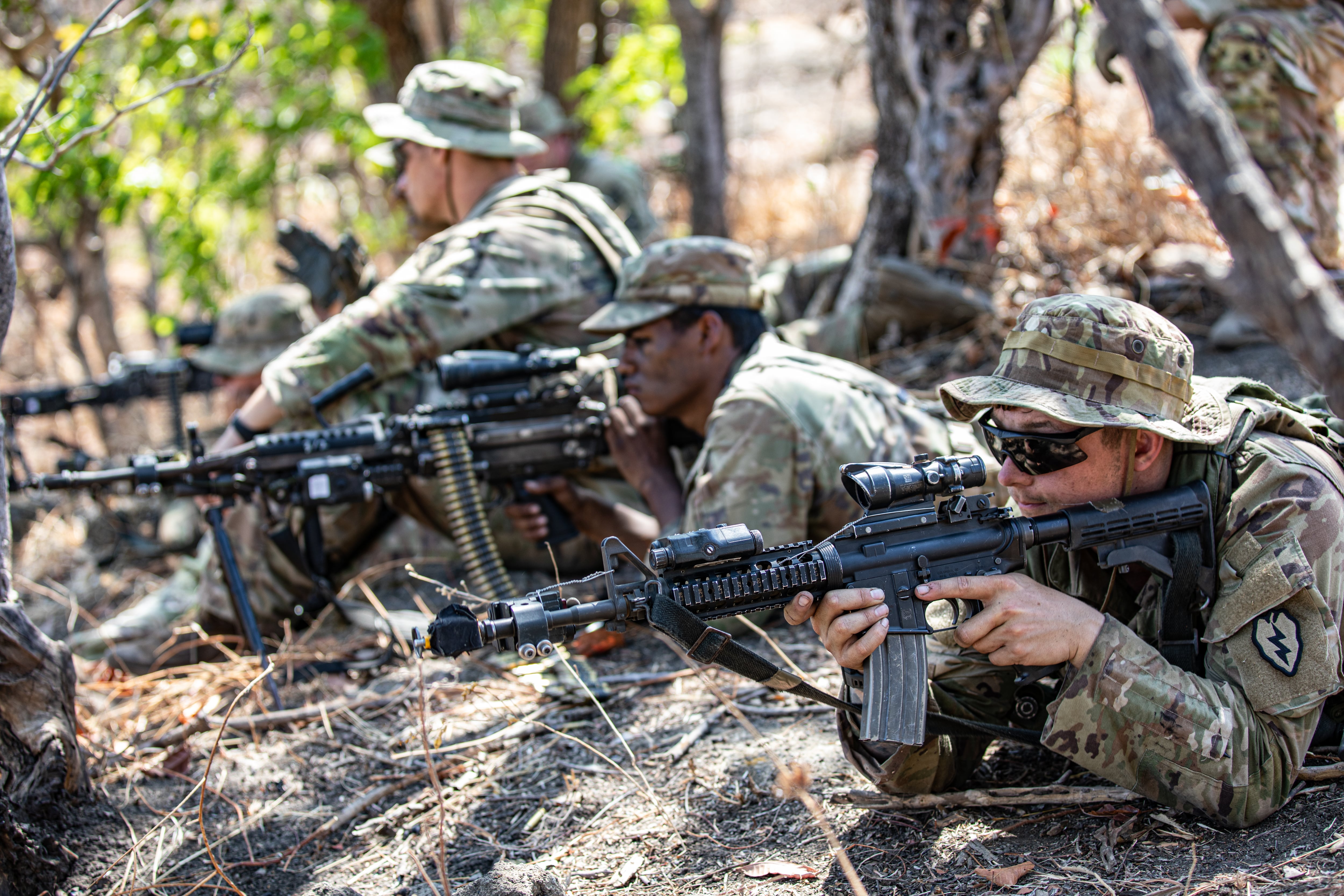
That exercise prepared the soldiers for their upcoming deployment to the U.S. Central Command region as part of the ongoing Operation Spartan Shield rotation.
During the current warfighter with the 18th Airborne Corps, an Army Pacific, Hawaii-based, theater-level headquarters will coordinate the simulated movement of the corps’ units in North Carolina over 10 days.
Flynn said those distances replicate what soldiers would experience in a real-world conflict with a Hawaii-based command directing units across the Pacific into the first and second island chains that parallel the China coast and operational regions.
The first island chain stretches from the upper reaches of Russian territory in the north, along Japan and Okinawa, down into the western side of the Philippines and into the South China Sea. The second island chain lies east of the Philippines and touches the eastern side of stretches of Indonesia, encompassing Palau and Guam.
Many U.S. bases and assets are situated within the first island chain, including forces stationed in South Korea, mainland Japan and Okinawa.
“I think it’s really important that we continue to train at echelon — wargames, [combat support] training exercises and command post exercises like this that allow us to test concepts, allows us to rehearse our wartime functions, update our plans,” Flynn said.
The 18th Airborne Corps has the global response force mission for the Army, meaning a rapid deployment of up to an entire brigade on short notice. The airborne and air assault capabilities also give the corps more ways to reach their target than nonairborne capable units.
Donahue pointed to those skillsets and ongoing work on maritime insertion, including the corps’ recent work operating the floating pier off the shore of Gaza in the Israel-Hamas conflict, as ways the corps is preparing to respond anywhere it’s needed.
Perhaps as important is the corps’ recent work on a project known as Scarlet Dragon. The project seeks to integrate various communications and control equipment and networks across the Army, Navy, Air Force and Marine Corps.
The integration would allow units in the corps to identify and strike targets with minimal delay.
“Right now, all of our networks, all of our systems we’re using are exactly what we would use in combat,” Donahue said.
That allows commanders to test what they have on hand even as the Army seeks a significant upgrade to its networks and high-tech gear in the coming years.
At the same time, Flynn said, warfighter exercises also allow command posts and senior leaders to work on new concepts and approaches, simulating systems that have yet to arrive, such as future vertical lift, or FVL.
The FVL program is the Army’s answer to replacing legacy rotary-wing aircraft with longer-range aviation assets that can deliver troops, fires and complex payloads such as electromagnetic warfare tools where they’re needed.
Next up will be a Europe-focused warfighter.
Poppas said that a near-term warfighter exercise will tie a corps-sized unit in the United States under the U.S. Army Europe and Africa theater command.
Todd South has written about crime, courts, government and the military for multiple publications since 2004 and was named a 2014 Pulitzer finalist for a co-written project on witness intimidation. Todd is a Marine veteran of the Iraq War.
